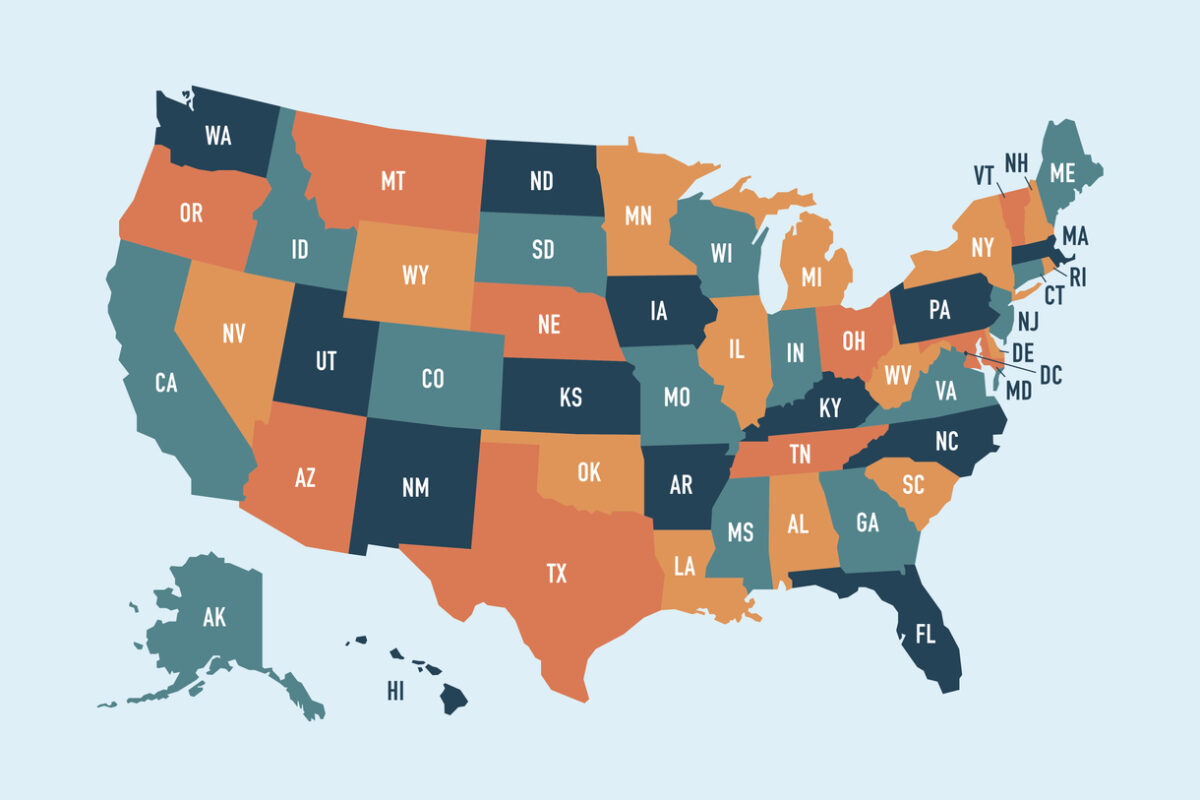IHEP Testimony on Postsecondary Institution Ratings System at Advisory Committee on Student Financial Assistance Hearing
Published Sep 18, 2014
Trinity Washington University
Friday, September 12, 2014
Comments provided by:
Michelle Asha Cooper, PhD
President, Institute for Higher Education Policy
To the Chair Dr. Harper-Marinick, Vice Chair Ms. Johnson, committee members, and staff good afternoon. Thank you for the opportunity to participate in today’s hearing.
My name is Michelle Asha Cooper, and I am president of the Institute for Higher Education Policy (IHEP). For over two decades, we at IHEP have been committed to promoting access to and success in higher education for all students, with a particular focus on students that have been underserved by our postsecondary system.
Before becoming IHEP’s president, I served as deputy director at the Advisory Committee on Student Financial Assistance, so I deeply honored to be here today. Plus, I am delighted to see the Committee upholding its commitment to low- and moderate-income students by reinforcing the importance of need-based grant aid and providing sound advice and counsel to the Department of Education on matters of importance, such as today’s focus on the Postsecondary Institution Ratings System, PIRS.
For my part in today’s hearing, I will not debate the merits of whether a ratings system is a good idea or a bad one. Given that the Department of Education has been charged with this task and is already committed to delivering on its assignment, my goal here is to offer five recommendations that must be given consideration. Failure to address these items will undoubtedly harm more students than its helps and result in unproductive discussions about student access and success.
Before I address these points, I do want to acknowledge that this Fall feels like what I call “Rankings Season,” as we are flooded with information about college rankings. In the world of college rankings, which had once been dominated by U.S. News and World Report, there has been a proliferation of rankings competitors. Alongside the talk of college rankings is the much anticipated draft of President Obama’s college ratings system. Because these items – college rankings and college ratings – are being discussed simultaneously and the words do sound very similar, I find that too many people are mistakenly using these words synonymously; but they are not the same.
A ranking system rank orders institutions and creates sortable lists. On the other hand, a ratings system creates broad categories. In everyday life, we have come to rely on ratings categories in a number of areas. For example, there are the movie ratings (G, PG, PG-13, and R), there are the vehicle safety ratings (good, acceptable, marginal, and poor), and then there are hotel ratings (which uses the stars). I should add that there is precedence for the use of ratings systems by the federal government, as the Department of Health and Human Services, for example, uses a five-star ratings system for nursing homes. As evidenced by these examples, there are a number of ways that a ratings system could be designed to provide a general evaluation of quality, without attempting to parse out small differences. Briefly, I offer these five recommendations, based on IHEP’s work, to guide the development of such a rating system…Read more.


